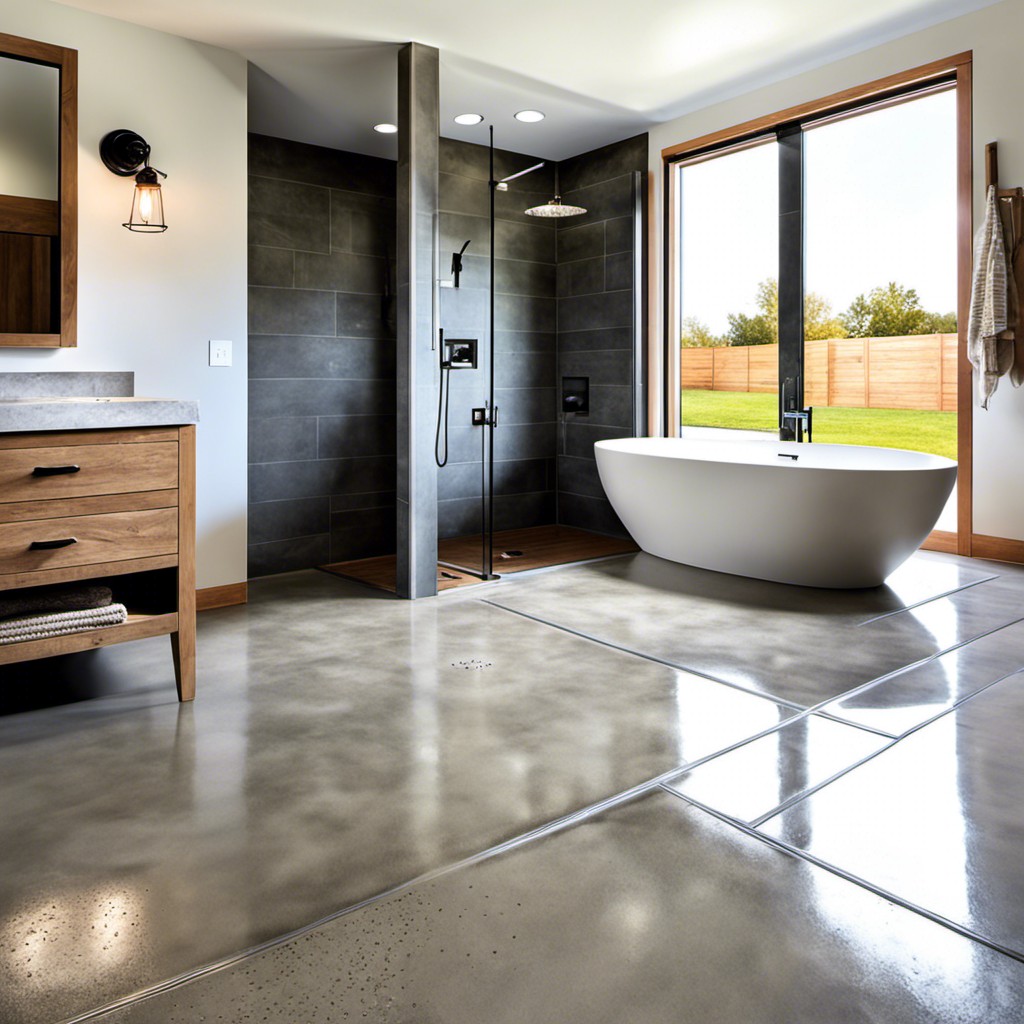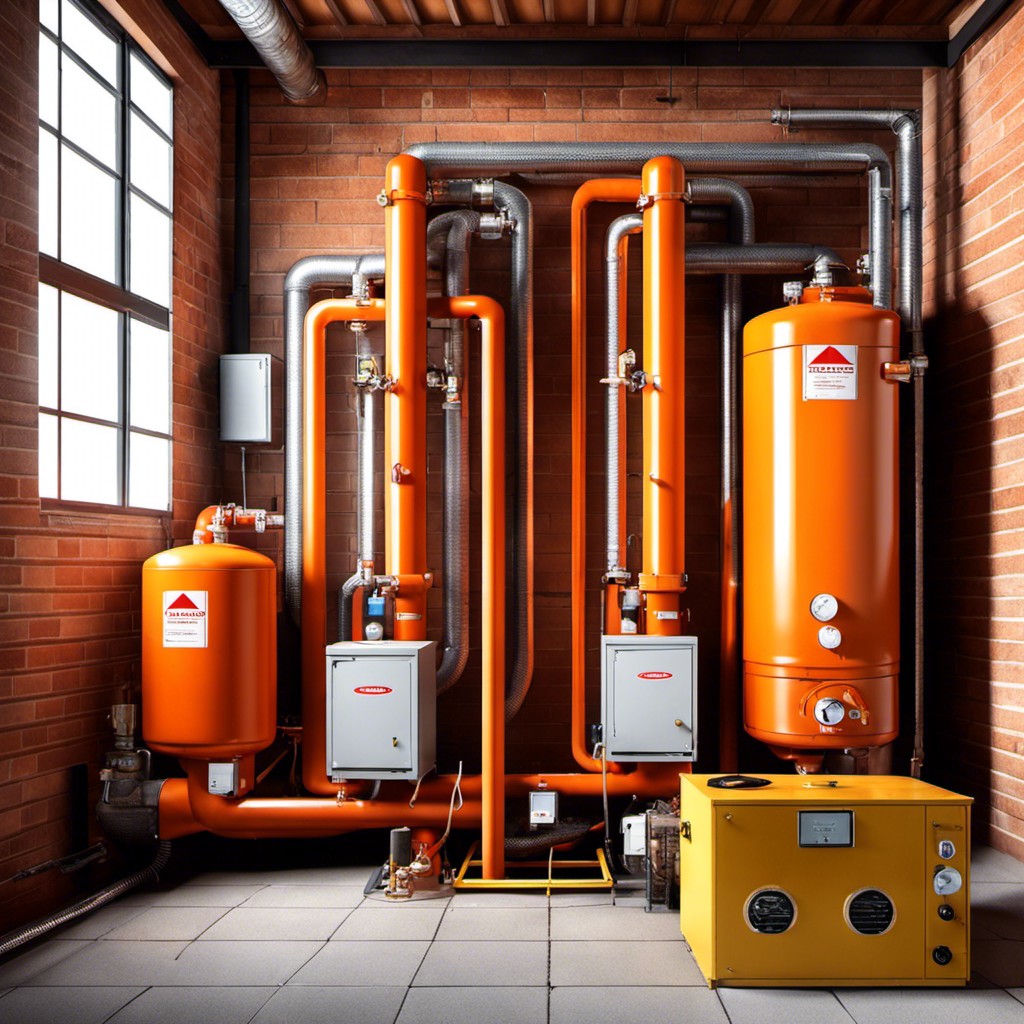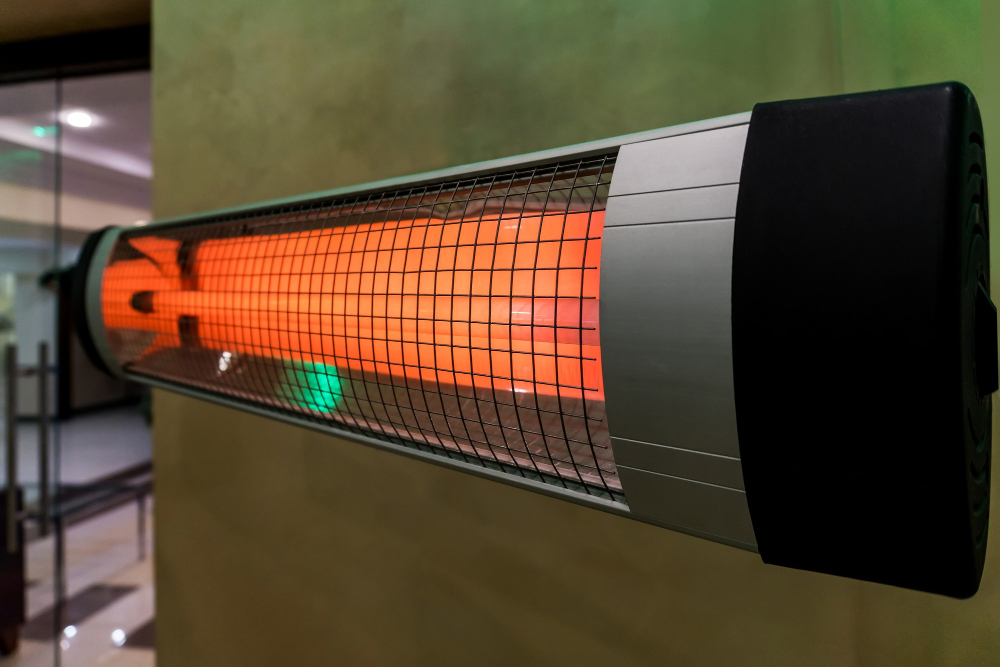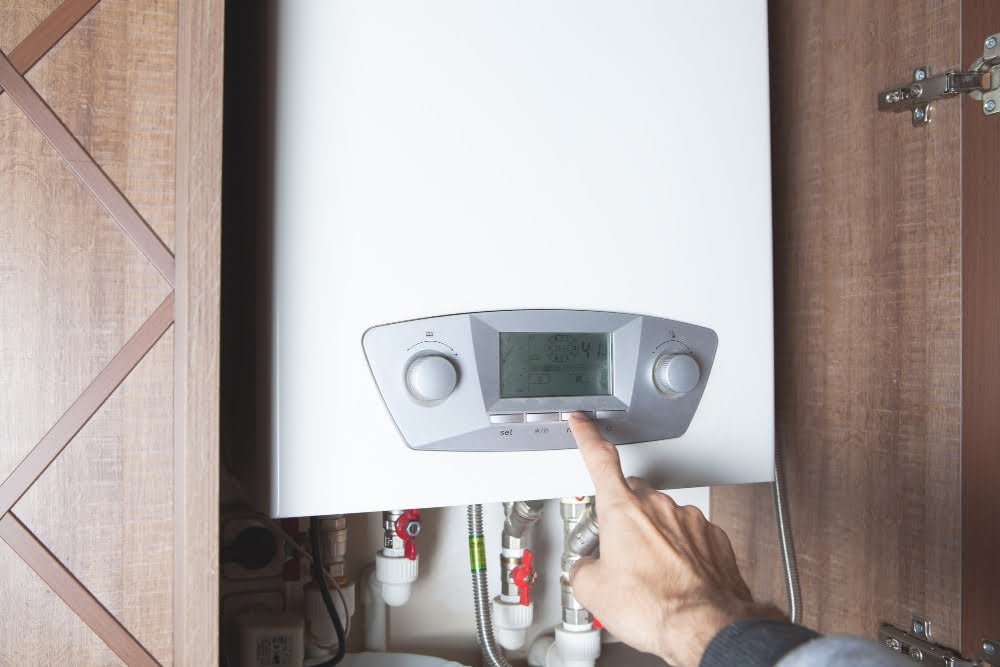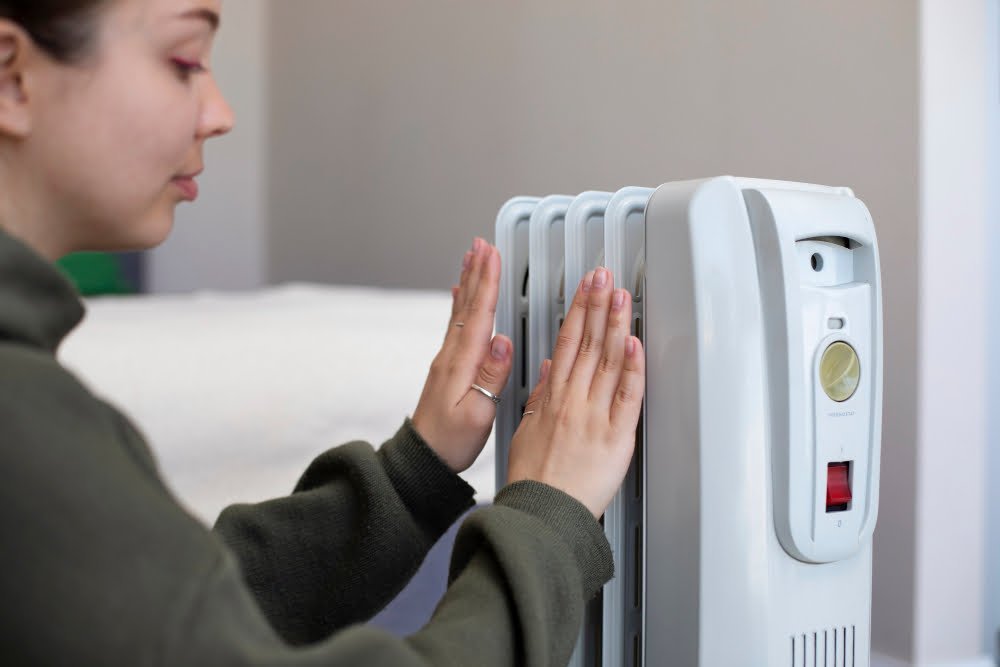Last updated on
Discover alternative ways to keep your towels warm and cozy without breaking the bank. Read on!
As the chilly winter months approach, there’s nothing quite like wrapping yourself in a warm towel after a long shower. But for many homeowners, the idea of installing a traditional towel warmer can be daunting and expensive.
Fortunately, there are plenty of alternative options available that can provide the same cozy experience without breaking the bank. In this article, we’ll explore 15 creative ideas for towel warmer alternatives, complete with their advantages and disadvantages so you can find the perfect solution for your home decor needs.
So sit back and get ready to discover some innovative ways to keep your towels toasty all winter long!
Radiator Attachment

One of the most practical alternatives to a traditional towel warmer is a radiator attachment. This option allows you to use your existing heating system as a way to warm up your towels while also providing heat for the room.
Radiator attachments are easy to install and come in various sizes and styles, making it easy for you to find one that fits your specific needs.
One advantage of using a radiator attachment is that it doesn’t require any additional electricity or plumbing, which can save you money on installation costs. Since radiators are already part of most homes’ heating systems, this option won’t take up any extra space in your bathroom.
However, there are some disadvantages worth considering before choosing this alternative. First off, if you have an older home with outdated radiators or pipes that aren’t compatible with modern attachments, then this may not be an option for you without costly upgrades.
Another potential downside is that radiator attachments may not provide as much heat as dedicated towel warmers do since they’re primarily designed for room heating rather than warming towels specifically.
Lastly, depending on where the radiator is located in relation to other fixtures like sinks or toilets; it could make accessing them more difficult when needed due its size and location within the bathroom space itself
Heated Towel Rack
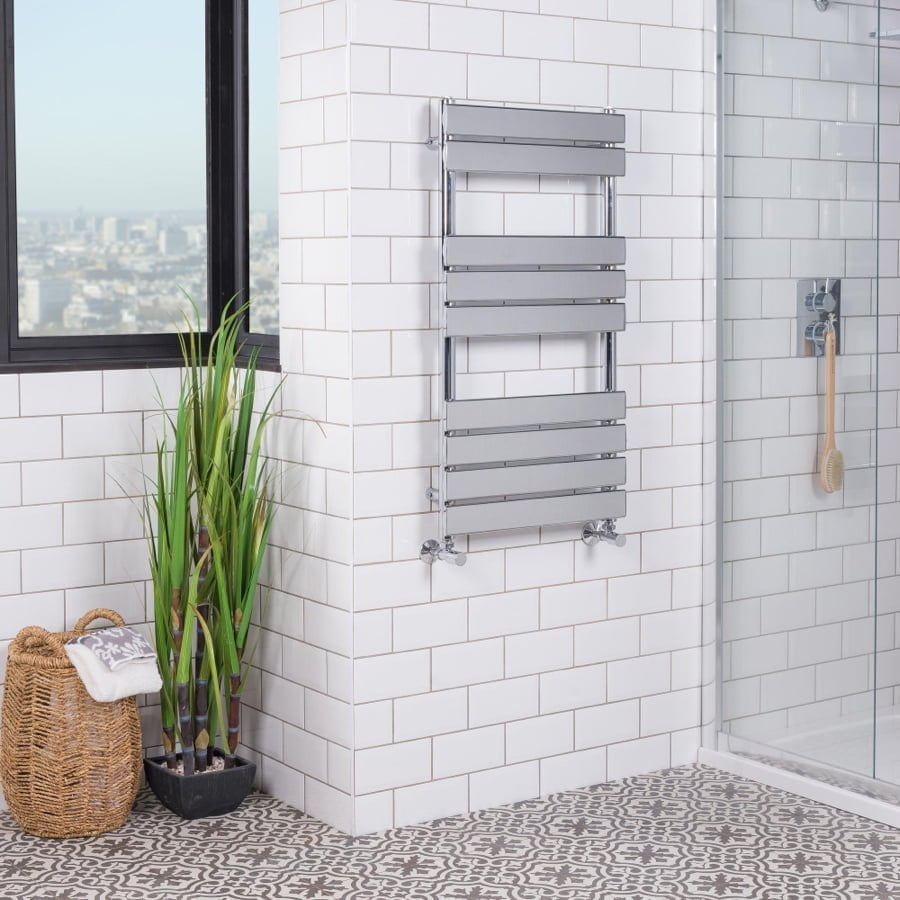
One of the most popular towel warmer alternatives is a heated towel rack. These racks come in various sizes and styles, making them easy to incorporate into any bathroom decor.
They work by using electricity to heat up the metal bars on which you hang your towels.
One advantage of a heated towel rack is that it provides consistent warmth throughout your towels, ensuring they are always dry and cozy when you step out of the shower or bath. Some models have timers or thermostats that allow you to control how long they stay on or at what temperature they operate.
However, one disadvantage of this option is its cost – electrically powered heated towel racks can be expensive upfront and may increase your energy bill over time if used frequently. Installation can be tricky for those without electrical experience as it requires wiring directly into an electrical circuit.
Overall though, if budget allows for it and proper installation can be ensured – a heated towel rack could provide both practicality as well as luxury in any bathroom space!
Electric Blanket Wrap
One alternative to a traditional towel warmer is an electric blanket wrap. This option allows you to warm up your towels quickly and easily without the need for a bulky appliance taking up space in your bathroom.
Electric blanket wraps are also portable, so you can use them in any room of the house.
Advantages of using an electric blanket wrap include its affordability and versatility. You can use it not only for warming towels but also as a cozy throw on chilly nights or even as a heating pad for sore muscles.
However, there are some disadvantages to consider before investing in this option. First, it may take longer to warm up your towels compared to other methods like heated towel racks or radiators.
If not used properly or left unattended while plugged in, there is potential fire hazard with any electrical device.
Overall though, an electric blanket wrap can be a great budget-friendly alternative that provides warmth and comfort beyond just drying off after showering or bathing.
Hot Water Bottle Method
One of the simplest and most affordable alternatives to a towel warmer is the hot water bottle method. This involves filling up a hot water bottle with boiling water and placing it on top of your towels or bathrobe.
The heat from the bottle will transfer onto your linens, warming them up in just a few minutes.
One advantage of this method is that it’s incredibly easy to do, requiring only a hot water bottle and access to boiling water. It’s also very affordable compared to purchasing an electric towel warmer.
However, one disadvantage is that you’ll need to refill the hot water bottle frequently if you have multiple people using towels or if you want warm linens throughout the day. There’s always some risk involved when working with boiling liquids so be sure to handle everything carefully while following safety precautions at all times.
Overall though, for those looking for an inexpensive alternative option for keeping their towels warm during colder months without investing in expensive equipment – this could be worth trying out!
Hairdryer Technique

One alternative to a traditional towel warmer is the hairdryer technique. This method involves using a hairdryer to warm up your towels before use.
To do this, simply hang your towel on a hook or bar and aim the hairdryer at it for several minutes until it reaches your desired temperature.
The advantage of this technique is that you don’t need any special equipment or installation, as most people already have a hairdryer in their home. It’s also quick and easy to do, making it perfect for those who are short on time.
However, there are some disadvantages to consider as well. First of all, this method may not be suitable for larger families or households where multiple towels need warming at once since each one will require individual attention from the dryer.
Using a hair dryer can consume more energy than other methods like heated racks or mats which could lead to higher electricity bills over time if used frequently enough.
Overall though if you’re looking for an affordable way to warm up towels without investing in expensive equipment then trying out the Hair Dryer Technique might just be worth considering!
Ironing Towels
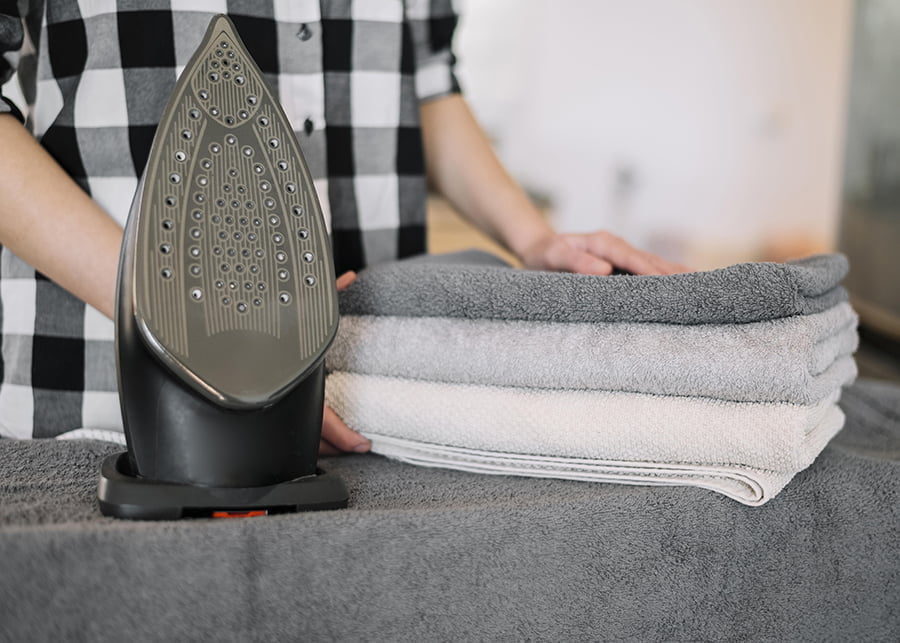
Ironing towels is a great way to add a touch of luxury to your bathroom experience. Not only does it make the towels feel softer and fluffier, but it also helps remove any wrinkles or creases that may have formed during washing.
To iron your towels, simply dampen them slightly with water and then use an iron on low heat setting to gently press out any wrinkles. However, keep in mind that this method can be time-consuming and requires some effort on your part.
If you don’t have an iron or prefer not to spend time doing laundry-related tasks like this one, there are other towel warmer alternatives available that may better suit your needs.
Oven Warming Option
One of the most unconventional towel warming options is using your oven. This method involves placing your towels on a baking sheet and then heating them in the oven for a few minutes until they reach your desired temperature.
While this option may seem strange, it can be an effective way to warm up towels quickly.
Advantages of using an oven include its convenience and accessibility – most households have an oven readily available. You don’t need any special equipment or tools to use this method.
However, there are also some disadvantages to consider before trying out this option. Firstly, it’s important not to overheat the towels as they could become damaged or even catch fire if left unattended for too long in the hot oven.
Secondly, depending on how many towels you want warmed up at once and their size will determine whether all of them can fit onto one baking sheet which could make it time-consuming if multiple batches are needed.
Overall though with proper care taken when heating up your towels in the kitchen appliance; utilizing ovens as a towel warmer alternative is worth considering especially during colder months where warmth is much appreciated after stepping out from showering or bathing!
Towel-warming Drawer
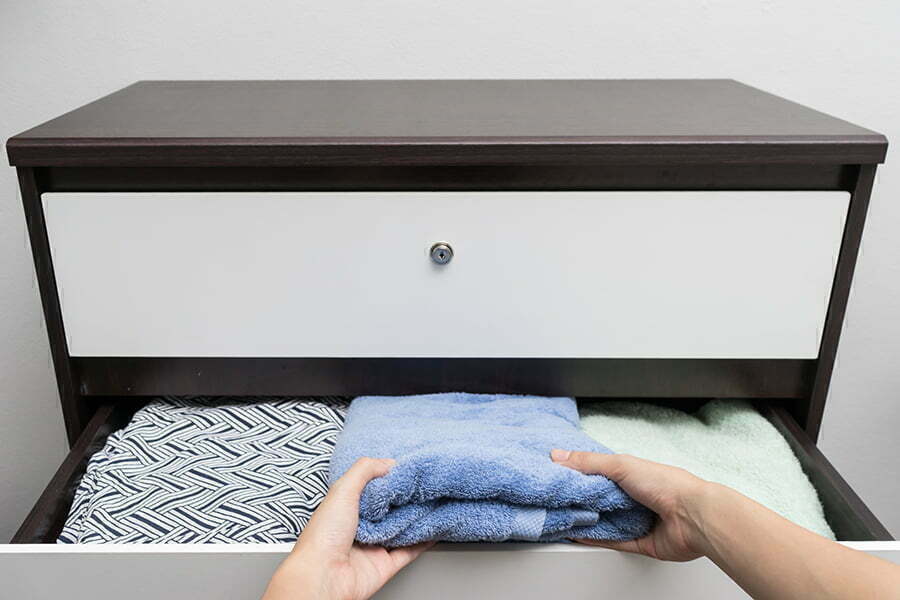
One of the most luxurious ways to warm your towels is by using a towel-warming drawer. This option is perfect for those who have extra space in their bathroom and want to add a touch of elegance.
The drawer can be installed under the vanity or next to it, and it works by heating up towels with an internal heater.
Advantages:
- A towel-warming drawer provides consistent heat that keeps your towels warm for longer periods.
- It’s easy to use, as you only need to place your clean towels inside before taking a shower or bath.
- Some models come with adjustable temperature settings so you can customize the warmth level according to your preference.
Disadvantages:
- Towel-warming drawers are expensive compared with other alternatives on this list.
- They require professional installation, which adds more cost if you’re not handy enough yourself.
- They consume electricity continuously while turned on, which may increase energy bills over time.
Sunlight Exposure

One alternative to a traditional towel warmer is sunlight exposure. This method involves hanging your towels outside on a clothesline or drying rack to dry in the sun.
The advantage of this method is that it’s completely free and environmentally friendly, as you’re not using any electricity or gas to heat up your towels.
However, there are also some disadvantages to consider. Firstly, this option may not be practical for those who live in areas with limited sunlight or unpredictable weather conditions.
If you have sensitive skin or allergies, hanging your towels outside may expose them to pollen and other allergens.
Another potential downside is that it can take longer for your towels to dry compared with using an electric towel warmer. This means you’ll need more time and space for drying multiple sets of towels at once.
Overall though, if you’re looking for an affordable and eco-friendly way of warming up your bath linens without breaking the bank on energy bills then sunlight exposure could be worth considering as one option among many others available out there!
Microwave Heating
One alternative to traditional towel warmers is using a microwave to heat up your towels. This method involves dampening your towel and placing it in the microwave for a short period of time, typically around 30 seconds to one minute.
While this may seem like an easy and cost-effective solution, there are some disadvantages to consider.
Firstly, not all towels are safe for use in the microwave as they may contain metal fibers or decorations that could cause sparks or fires. Heating up towels in the microwave can be inconsistent and may result in uneven heating or hot spots which could burn you when you wrap yourself with them.
On the other hand, using a microwave can be convenient if you need warmed-up towels quickly without having to wait for an electric warmer to heat up. It’s also more energy-efficient than running an electric warmer continuously throughout the day.
While microwaving your towels might work as a quick fix every once in awhile but it should not replace traditional methods of warming your bath linens on regular basis due its potential hazards and inconsistencies.
Space Heater Proximity

When looking for a towel warmer alternative, one option that may come to mind is using a space heater. While this can be an effective way to warm up your towels, it’s important to consider the proximity of the space heater.
If you choose to use a space heater as your towel warmer alternative, make sure it is placed at least three feet away from any flammable materials such as curtains or bedding. Never leave the room while the space heater is on and always turn it off when you’re done using it.
One advantage of using a space heater as your towel warmer alternative is that they are relatively inexpensive and easy to find at most home goods stores. However, some disadvantages include potential safety hazards if not used properly and limited heating capacity compared to other alternatives like heated racks or drawers.
If you decide on using a space heater for warming up your towels just remember safety first!
Heat Lamp Placement
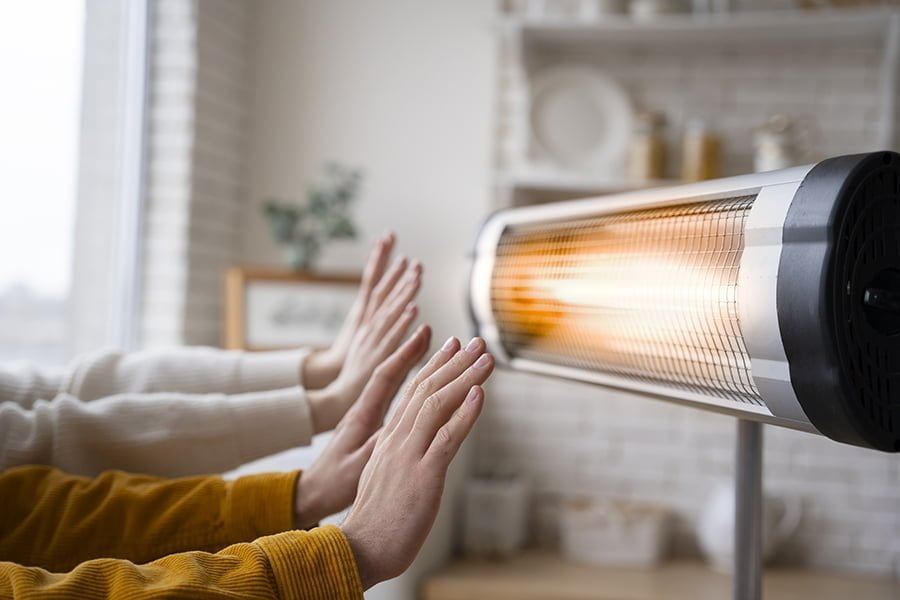
When it comes to towel warmer alternatives, heat lamps are a popular choice. They provide warmth and comfort while also drying towels quickly.
However, proper placement of the heat lamp is crucial for optimal performance.
The ideal location for a heat lamp is above the towel rack or hooks where you hang your towels. This ensures that the warm air circulates around them and dries them effectively.
It’s important to make sure that there’s enough space between the lamp and any flammable materials such as curtains or wooden cabinets.
Another factor to consider when placing a heat lamp is its distance from people using the bathroom. You don’t want it too close as it can be uncomfortable or even dangerous if someone accidentally touches it while wet.
With careful consideration of placement, a heat lamp can be an effective alternative to traditional towel warmers at an affordable price point.
Steam Shower Storage
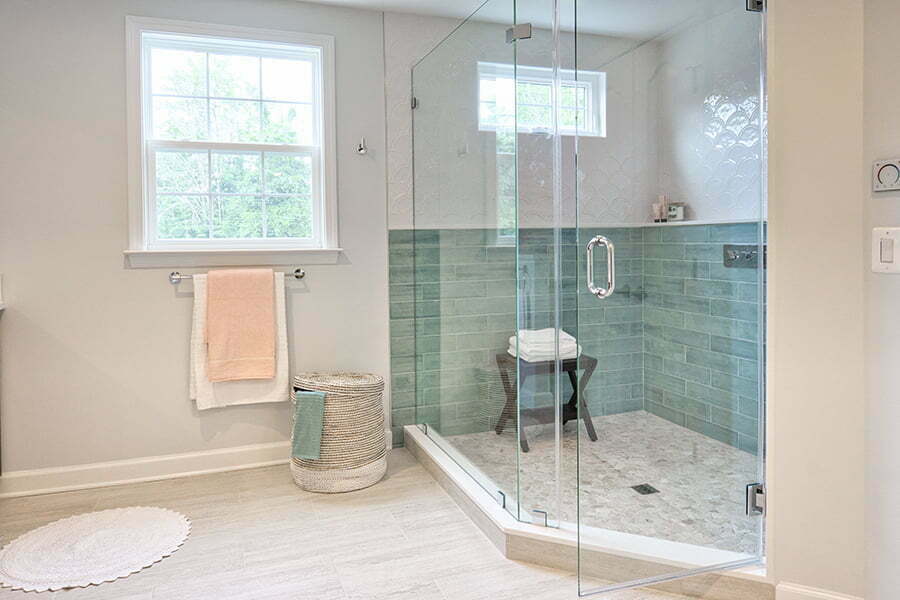
When it comes to creating a luxurious spa-like experience in your bathroom, a steam shower is definitely on the list. However, with the addition of a steam shower, you may find yourself struggling to find storage space for towels and other essentials.
One alternative solution is to install built-in shelves or niches within the walls of your steam shower enclosure. This not only provides convenient storage but also adds an elegant touch to your bathroom decor.
Advantages:
- Built-in shelves or niches are sleek and stylish.
- They provide easy access to towels and other items while using the steam shower.
- The added storage can help keep clutter off countertops and floors.
Disadvantages:
- Installation can be costly if done professionally.
- DIY installation requires knowledge of plumbing and electrical work.
- Limited space may still require additional towel warmer alternatives outside of the steam shower area.
Washing Machine’s Hot Cycle
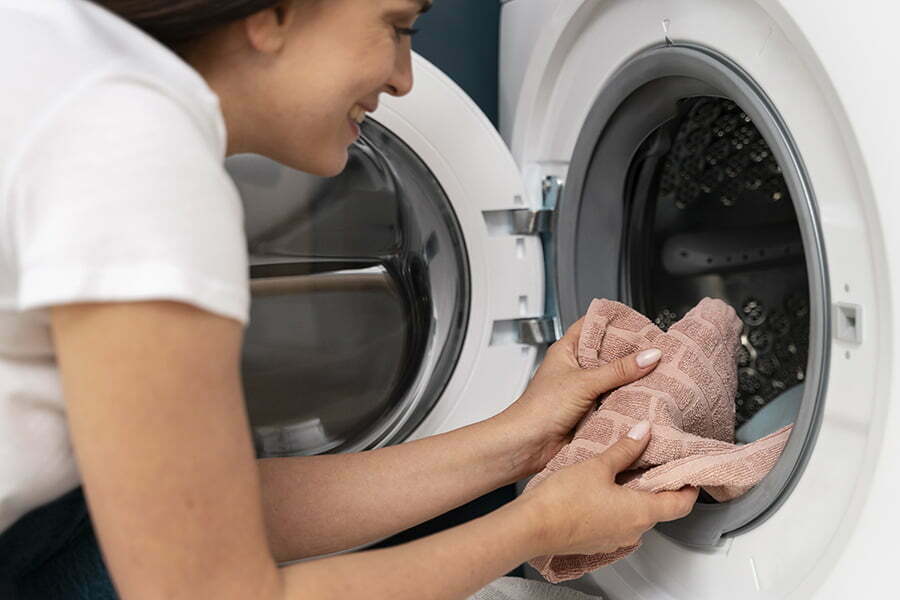
One alternative to a traditional towel warmer is using your washing machine’s hot cycle. This method involves throwing your towels in the washing machine and setting it to the hottest temperature possible.
The heat from the water will warm up your towels, making them cozy and comfortable for use.
The advantage of this method is that you don’t need any additional equipment or appliances, as most households already have a washing machine. It’s also an eco-friendly option since you’re not using any extra energy beyond what you would normally use for laundry.
However, there are some disadvantages to consider as well. Firstly, this method may not be suitable if you only need one or two warm towels at a time since it requires running an entire load of laundry just for that purpose.
If your washer doesn’t have a sanitize cycle or high-temperature wash option (which many older models lack), then this won’t work effectively.
Overall though, utilizing your washing machine’s hot cycle can be an easy and cost-effective way to achieve warm towels without investing in additional equipment or appliances – make sure it works with yours before trying!
DIY Towel Warmer Box
One of the most popular alternatives to a traditional towel warmer is a DIY towel warmer box. This option involves creating your own box-like structure that can be used to warm towels and other linens.
To make this, you will need some basic materials such as wood, insulation foam, heating elements (such as light bulbs), and wiring.
The advantage of making your own towel warmer box is that it can be customized to fit any size or shape of towels or linens you have. It can be designed to match the decor in your bathroom perfectly.
However, there are also some disadvantages associated with this option. Firstly, if not done correctly or safely wired by an electrician – it could pose a fire hazard risk for homeowners who attempt this project without proper knowledge on electrical work safety precautions.
Secondly, it may take more time and effort than simply purchasing a pre-made unit from the store.
Recap
Liked this article? Here's what you can read next:
